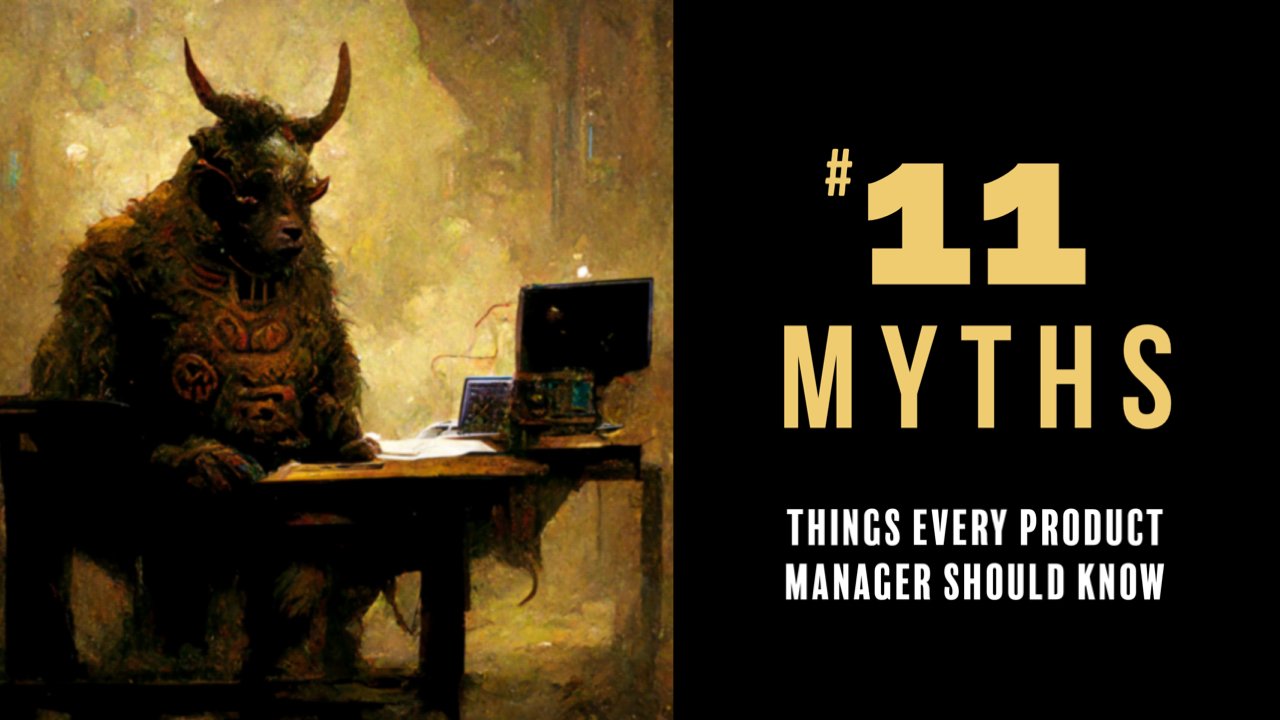#11–Myths
A conversation came up today that brought up the “UX myth” that people don't scroll. It was used to make the case that we don’t need to put everything above the fold – i.e. since this is a myth and people scroll, we can put the elements in question below the fold. It was backed up by this page on UXMyths.com.
It occurred to me that the outcome of this design debate hinges on the definition of the word "myth". There are two, from the Oxford dictionary:
a widely held but false belief or idea.
a traditional story, especially one concerning the early history of a people or explaining some natural or social phenomenon.
Because we're not a traditional society anymore, the most common interpretation today is the first. But in the case of this design debate, the second is more useful.
A myth in the traditional sense, was a story to teach us a lesson about reality. With this in mind, we read the UX Myths page and can see the nuance (emphasis mine):
"To make sure that people will scroll, you need to follow certain design principles and provide content that keeps your visitors interested. Also keep in mind that content above the fold will still get the most attention and is also crucial for users in deciding whether your page is worth reading at all."
People do scroll, but they also don't... if your page sucks.
Traditional myths were extreme stories in order to be memorable and stick in culture, so people thought about them when making day-to-day decisions. UX myths are the same, they force us to think (and debate) so we make better design decisions.

